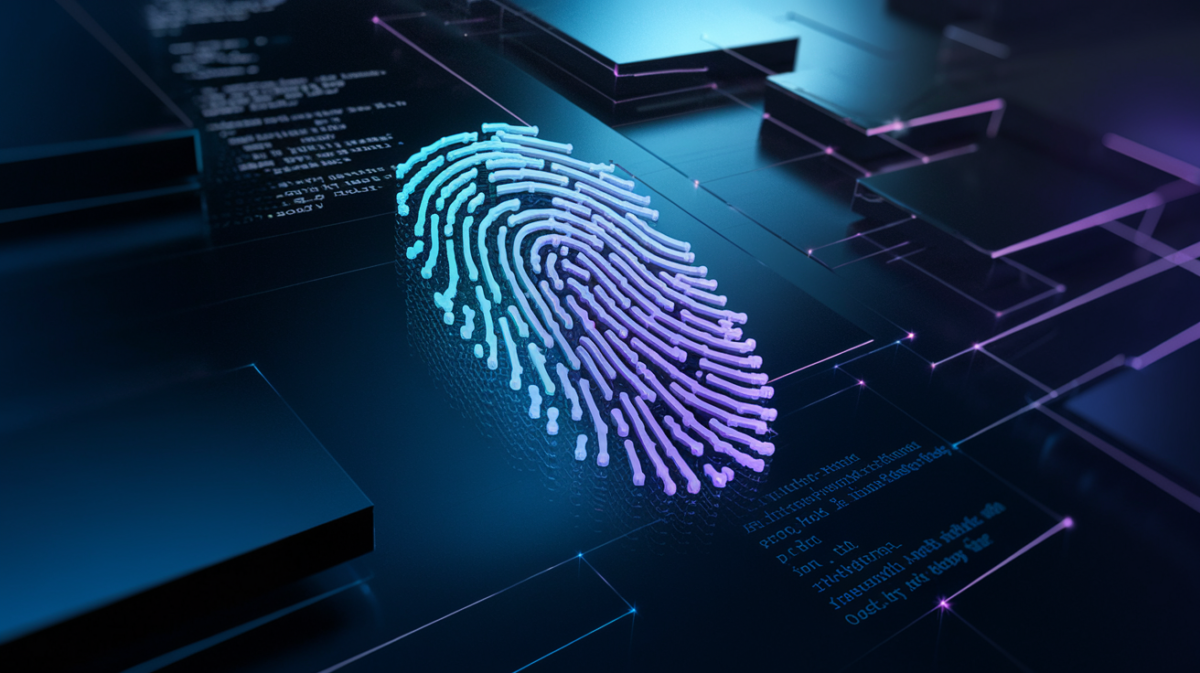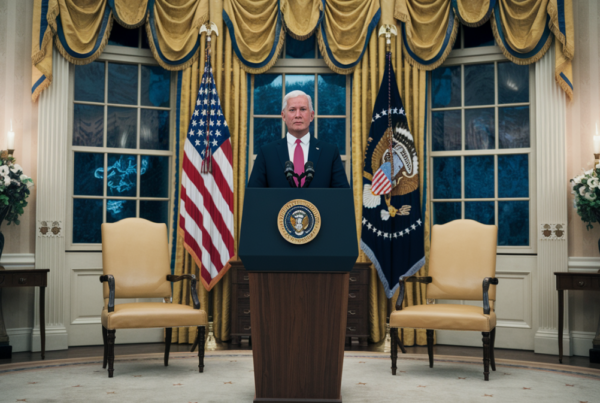Artificial intelligence (AI) has revolutionized content creation, but its rise has also sparked concerns about authenticity. A recent analysis of the MAHA Report highlights how AI-generated text leaves behind unique stylistic “fingerprints,” raising questions about detection, attribution, and the future of content integrity.
The Telltale Signs of AI-Generated Text
Large language models (LLMs) like ChatGPT produce text with distinct patterns. Researchers have identified several key features that set AI-generated content apart from human writing:
- Lexical Choices: AI often uses repetitive or overly formal vocabulary.
- Syntactic Structures: Sentences may follow predictable patterns or lack natural flow.
- Consistency: AI-generated text tends to be uniform, while human writing varies in tone and style.
Tools have been developed to detect these fingerprints, with some even capable of pinpointing which specific AI model created the text. For example, a study from Johns Hopkins University revealed that classifiers using n-gram and part-of-speech features can effectively distinguish AI-generated content from human writing.
The Challenges of Detecting AI Content
While detection methods have advanced, challenges remain:
- Evolving AI Models: As AI becomes more sophisticated, its fingerprints grow harder to identify.
- False Positives: Some human-written text may be misclassified as AI-generated due to stylistic quirks.
- Limited Tools: Current detection systems struggle with nuanced or hybrid content (part human, part AI).
A recent paper on arXiv emphasized that while simple classifiers work well now, ongoing research is critical to keep pace with AI advancements.
Why Detection Matters: Real-World Implications
The ability to identify AI-generated text has far-reaching consequences across industries:
| Sector | Impact |
|---|---|
| Education | Preventing AI-assisted plagiarism in academic submissions. |
| Journalism | Ensuring transparency in news reporting and opinion pieces. |
| Law Enforcement | Avoiding reliance on AI-generated reports, as cautioned by Washington State prosecutors. |
Public Debate: Ethical and Practical Concerns
Online communities are buzzing with discussions about AI’s role in content creation:
- Reddit: Users debate the ethics of AI mimicking human writing, with concerns about misinformation and trust.
- YouTube: Creators analyze AI’s capabilities, showcasing how easily it can produce convincing text.
These conversations highlight the need for balanced perspectives—acknowledging AI’s potential while addressing its risks.
What This Means for Content Creators
For writers, journalists, and marketers, understanding AI fingerprints is crucial:
- Transparency: Disclose AI use where applicable to maintain trust.
- Vigilance: Stay informed about detection tools and evolving AI trends.
- Ethics: Consider the broader implications of AI-generated content in your field.
Looking Ahead
As AI continues to shape the content landscape, the race between creation and detection intensifies. Researchers, policymakers, and creators must collaborate to ensure authenticity remains at the forefront of digital communication.
The MAHA Report’s findings serve as a reminder: while AI can mimic human writing, its fingerprints are still visible—for now.







